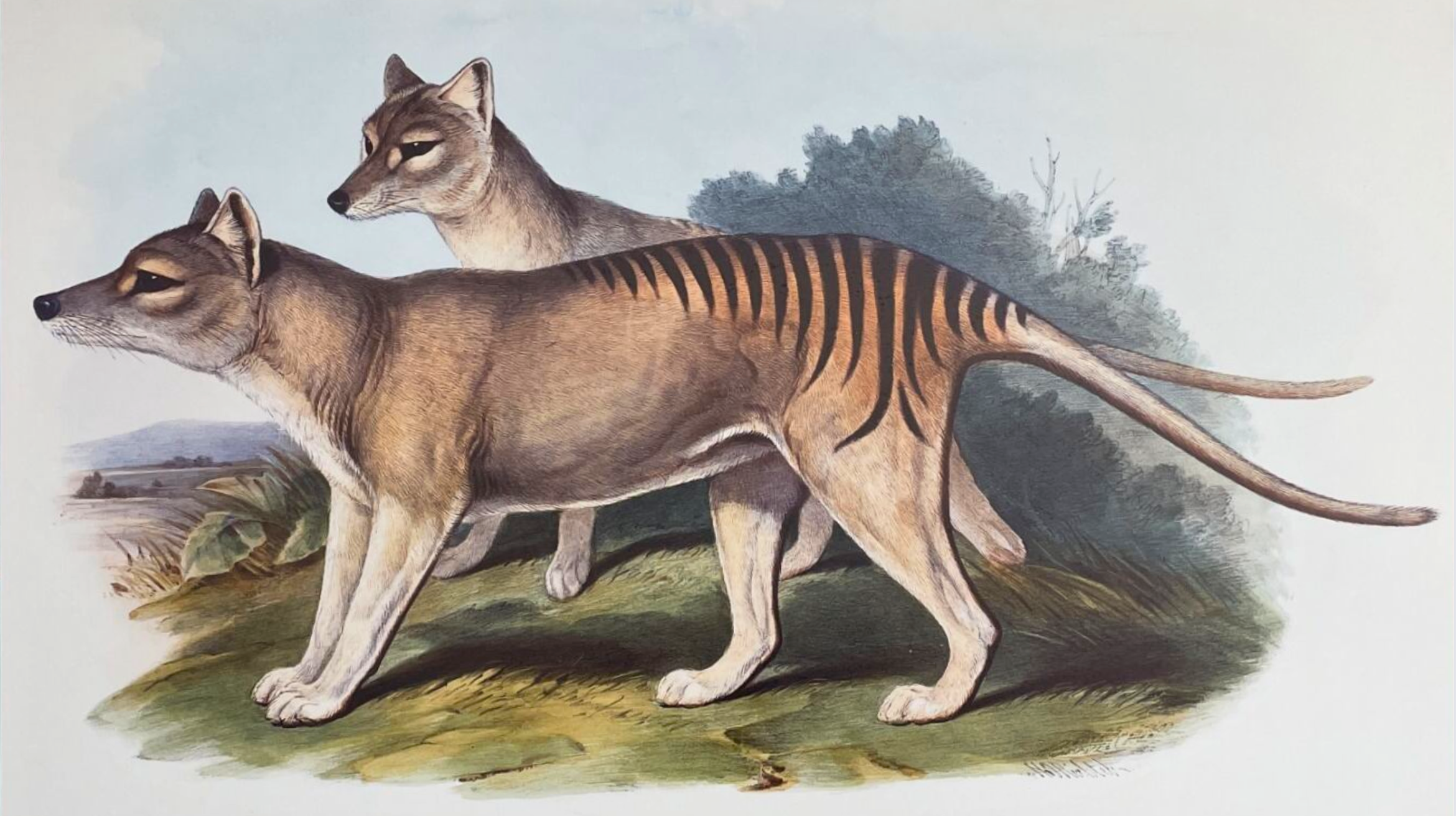
For centuries, scientists have visualized nature to share its wonder with others. Before photography was invented—and long before we all carried cameras in our pockets every day—they carved, drew, and engraved their observations. Now, scientists are pushing the boundaries of what is possible to record the world around us.
At Frost Science, you can see both the past and future of science imaging in two exhibitions located on our outdoor terraces. These are Natural Histories: 400 Years of Scientific Illustration and Images of Science. Both are temporary exhibitions. Natural Histories was organized by the American Museum of Natural History, and Images of Science by the Max Planck Society. Frost Science specifically worked with the Max Planck Florida Institute for Neuroscience in Jupiter to bring Images of Science to museum walls.


Natural Histories features scientific illustrations spanning five centuries, from a time when art was the best way to communicate the beauties and oddities of the natural world. Today, the exhibition spans Levels 4 and 5 of Frost Science’s outdoor terraces. As you stroll the walkways, you’ll see 50 large-format images of horseshoe crabs and honey possums, frog anatomy, the northern and southern skies, the inner workings of a volcano, and more. Keep your eye out for the most unusual one—an illustration of microscopic geometric formations on frozen urine by Robert Hooke. You’ll find it on Level 4 of the museum.
While Natural Histories harkens back to the 1500s, Images of Science is much more modern, though the pictures are just as aesthetically pleasing. Scientists today have a staggering amount of technology at their disposal to document their observations. Among other techniques, they use massive amounts of radio telescope data to create high-definition pictures of black holes, scanning electron microscopes to visualize the faces of two-day-old zebrafish, and magnetic resonance imaging to picture the bundles of nerve fibers in our brains. If you could go back in time to tell the earliest scientific illustrators about the future of imaging, they almost certainly would accuse you of spreading science fiction.


Images of Science showcases this amazing technology and the scientists who wield it. Each year, scientists from the more than 80 research institutes of the Max Planck Society enter images showcasing their work. The most spectacular ones form the basis of a traveling exhibition, Images of Science. You can see the exhibition in Level 3’s meLab: The Discovery exhibition and across the Level 3 outdoor terrace. The images are grouped by theme, and cover scientific topics including microbes, magnetism, gravity, physics, and more. Don’t miss the glow wall featuring images from Max Planck Florida Institute scientists in meLab!
With so much to explore at Frost Science, we hope you are excited about your next visit. Take a picture with your favorite Natural Histories or Images of Science image and tag us @frostscience!